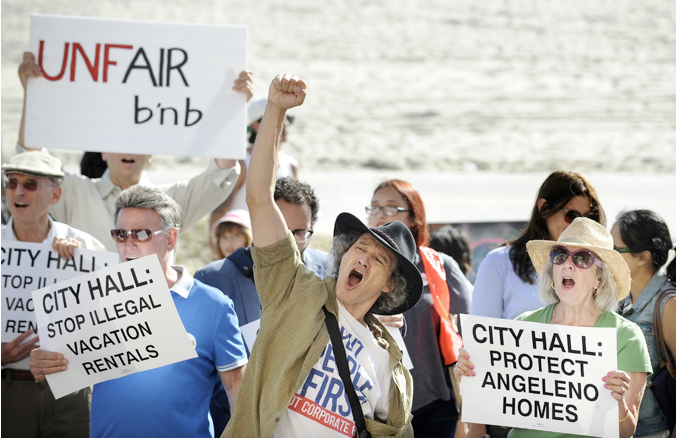How Did LA’s Planning Process become Such a Mess?
THE REAL DEAL SPECIAL REPORT-In the first installation of TRD’s series on the Neighborhood Integrity Initiative, we explain the underlying problems with LA’s planning process. We take a look at the issues that gave NII fertile ground to build a movement. Stay tuned this week as we explore the implications of the March ballot measure in depth.
It took 18 months, four public hearings, and at least $100,000 for developer CityView to get a 160-unit student housing complex entitled in University Park, just a mile northeast of the dorm-starved USC.
And this was a lucky one, according to Con Howe, (photo above: right) managing director of the firm’s Los Angeles fund and a former Planning Director. The project had no opponents, he said. If there were protests, the process would’ve dragged on, despite the fact that the site was already zoned for commercial uses.
As NIMBYs square off against developers over the Neighborhood Integrity Initiative — a measure that would put the brakes on most development in the city for two full years — they can at least all agree on one thing: LA’s zoning is a profound mess.
But fixing LA’s arduous entitlement process, outdated community plans and antiquated zoning code will not happen overnight. And certainly not through a two-year suspension on developments, opponents of the ballot measure say.
“There’s just no quick way to do it,” said Christian Redfearn, a professor of real estate and urban policy at USC. In order to “rework the land use process,” he explained, communities need to not only modernize their plans but also put in place guidelines for more by-right opportunities that minimize so-called “spot-zoning,” the process by which the city approves, piecemeal, developers’ requests for exemptions to the zoning code. The subjective nature of the spot-zoning process is one of the NII’s main rallying cries.
Reworking the system is not easy, considering LA has 35 individual community plans, weighed down by countless specific plans, overlays and other conditions. The county’s zoning code itself has not been updated since 1946.
“It’s just a dysfunctional process,” said Gail Goldberg, (photo above: left) the executive director of the Urban Land Institute, who was an LA Planning Director between 2006 and 2010. “I don’t know when or where it went wrong.”
Plans, Overlays, Qs, oh my.
Under the state-mandated General Plan, there are 35 community plans that lay out the vision for LA’s land use infrastructure. Ideally, these plans should be updated every five years to address changing demographics, according to Howe, who served as the city’s Planning Director for 13 years, from 1992 to 2005.
Under his tenure, 33 of the 35 community plans were updated. By the time Goldberg took office in 2006, they were due for another round of modernization. At first, she was granted all the resources to start the process. Then, the recession hit.
“The minute the economy wasn’t great, the first place they cut was planning,” she said. “If they’re going to update the plan now, [the Council] must commit to funding not only this year, but next year and the year after that. It’s a difficult thing to guarantee.”
According to Goldberg, 29 of LA’s 35 plans are currently more than 15 years old.
Beyond money, updating the plan would entail heavy input from the community and approval from City Council. This brings up the costliest factor: time. Goldberg worked on 10 plans during her time in the department. By the time she left, only two were adopted.
Community plans, according to city planner Deborah Kahen, were originally intended to be updated in accordance with the zoning code; the two would go hand-in-hand. A community plan would lay out the vision for a certain region, and the zoning code would record the nitty-gritty logistics.
But when it was first written after World War II, the very sparse code was oriented toward cars and suburban development, said Kahen, who works for the re: code LA program, which was created by the Comprehensive Zoning Code Revision Ordinance to rewrite the code.
These old zones, she said, can’t accommodate modern needs such as sidewalks or signage, so areas instead lobby City Hall or the Planning Department to create specific plans and overlay zones.
In other words, instead of amending the code, city planners have added hundreds of pages of site-specific conditions. Two-thirds of the city is now covered in more than just the zoning code.
“For example, there could be a place that’s zoned R4 -- high-density multifamily. But it could have something called a ‘Q condition,’ which is not easy to find in the books. It’ll say ‘for this region, R4 must have retail,’” Kahen said. “And it’s kind of mind blowing because it’s obviously zoned for multifamily.”
It’s re: code’s job, therefore, to reduce the need for such conditions — sometimes referred to as the phantom city code — so that zones alone could keep up with modern community plans.
Fearing the “D”
In LA, density is a political matter.
Up until 1960, LA had a residential capacity of 10 million people, planning expert Greg Morrow said in Slate. But as real estate politics shifted toward the stronghold of homeowners associations, capacity diminished. Between the 60s and the early 2000s, LA was effectively “downzoned” by 60 percent, his findings show.
Satisfying the dominant single-family interests of the time, height restrictions were enacted and commercial zones were made less flexible. The heaviest blow, however, came in 1986. Proposition U, which failed in the City Council but passed on the ballot, reduced the floor-area ratio of 85 percent of L.A.’s commercial zones by half.
Los Angeles has yet to rebound from its downzoning in the latter half of the 20th century. Findings from a recent study by C. J. Gabbe, a recent PhD graduate of the UCLA Luskin School of Public Affairs, show that between 2002 and 2014, only about 1.1 percent of LA’s total land area had been upzoned.
“The upzoning that occurred since 2002 to present day was a relative blip compared to the massive downzoning in the decades prior to that,” he told TRD.
Experts project that modern-day zoning in LA can house up to 4.2 million people -- this means that LA is already at 95 percent capacity, considering its current population of more than 4 million, according to a January report published by the city.
“Disingenuous” motives
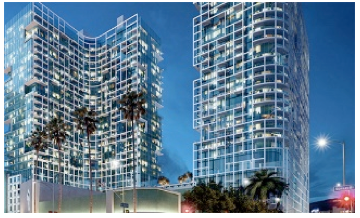 The NII’s Coalition to Preserve LA, which did not respond to requests to comment for this article, believe a two-year moratorium on all developments seeking a zone change will light a fire under the Council.
The NII’s Coalition to Preserve LA, which did not respond to requests to comment for this article, believe a two-year moratorium on all developments seeking a zone change will light a fire under the Council.
But some of NII’s biggest players have been instrumental in stalling planning progress in the past, detractors say. NII’s benefactor, the AIDS Healthcare Foundation, hired the attorney who single-handedly defeated the Hollywood Plan update to spearhead its latest litigation against Crescent Heights, the Miami-based developer behind the Palladium Towers (photo, left) project on Sunset Boulevard. The attorney, Robert Silverstein, is known, unofficially, as LA’s most formidable NIMBY crusader.
Sources said the AHF’s Michael Weinstein was also involved in some capacity in the fight against the Hollywood community plan update, but this could not be confirmed, and AHF and the Coalition to Preserve LA did not respond to requests for comment.
In any case, the neighborhood associations that sued with Silverstein against the Hollywood plan were successful. In late 2013, LA County Superior Court Judge Allan Goodman ruled that city leaders did not comply with the California Environmental Quality Act when they approved the plan, which addressed the area’s projected population growth and aimed to increase density in transit zones, such as the intersection of Sunset and Vine.
Now, Hollywood is back to using its 1988 community plan, after the city spent more than a dozen years trying to revamp it, according to Goldberg.
“It’s just disingenuous,” said Howe, the former Planning Director. “The [planning] department spent years on the update. There were over 60 public workshops and hearings and meetings and it was approved through a legal process, and then City Council, and then these people sued.”
Slow progress
In addition to curbing “luxury mega-projects that cause traffic gridlock,” the controversial March ballot measure would “make the City Council do its job, by creating a rational citywide plan for Los Angeles,” the Coalition to Preserve LA’s reads.
The reality is that the city has already taken steps toward a gradual overhaul of the current system. It just may not be happening as fast as the NII — or as developers — would like it to.
There’s the Comprehensive Zoning Code Revision Ordinance, signed by the Council in 2012. The policy assures funding for five years of Planning Department activity to update the 70-year-old zoning code. Then there’s the updates to the he city’s 35 community plans, as well as the broader General Plan, for which Mayor Eric Garcetti will hire 28 new planners. The new staff members will cost the city about $4.2 million a year.
Still, critics say these changes fall short of immediately addressing the city’s dire affordable housing shortage.
Looking out for the little guy
While developers may be gung-ho for higher building capacities, density alone will not heal LA It takes community discussions, which are easier when the rules are clear. The real need, planners say, is just a little bit of certainty, from which both community members — yes, even NIMBYs — and builders can benefit.
“We’re not saying every project should be by-right,” Howe said. “No one should be able to drop an application on the desk of the planning department and say, ‘Here it is.’ You’re supposed to talk about it.”
Right now, only the developers with the resources and money to hire the most clever land use consultants can get their projects through. The dubious Sea Breeze development is a prime example of this flaw. In pursuing approval for the 352-unit development, developer Samuel Leung funneled $600,000 in campaign contributions to local politicians through his employees, friends and relatives, according to an October investigation by the LA Times. If the rules are clearer, Goldberg said, smaller builders will also be able to present their visions for the city.
“It’s hard to build trust,” Goldberg said. “But I believe you can build consensus around the plan if you bring all the right people to the table.”
Updating community plans does not mean resident input will be deemed obsolete. It is embedded in not only the zoning process but also the very ethos of the city, she said.
“There’s never going to be a situation where some can just open up their plans and say ‘alright, I’m gonna set up shop and build right here’ — despite what development opponents may fear.”
(Cathaleen Chen is a national web reporter for The Real Deal, where this piece was first posted.) Prepped for CityWatch by Linda Abrams.

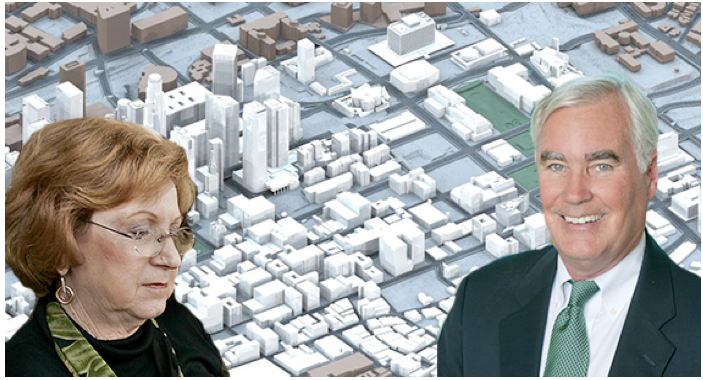



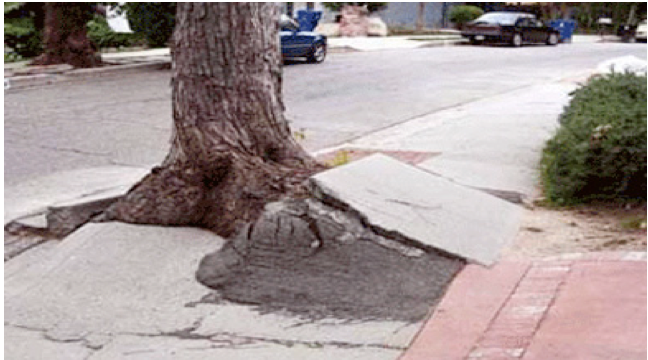



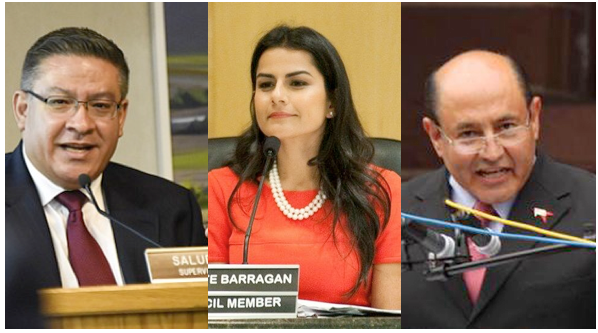

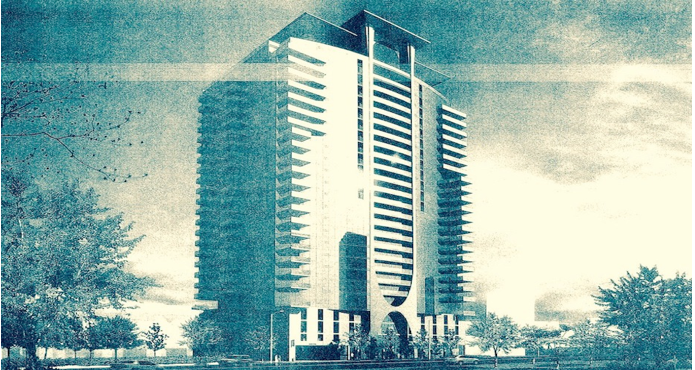


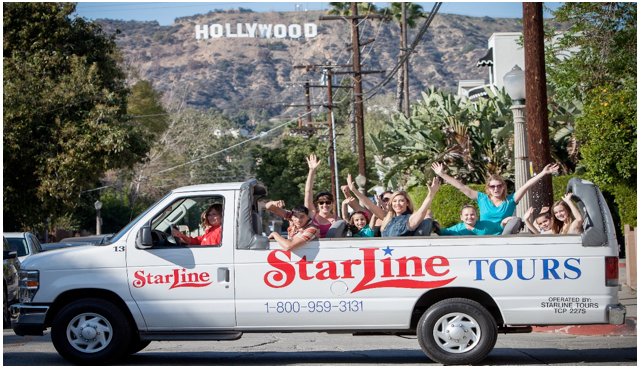
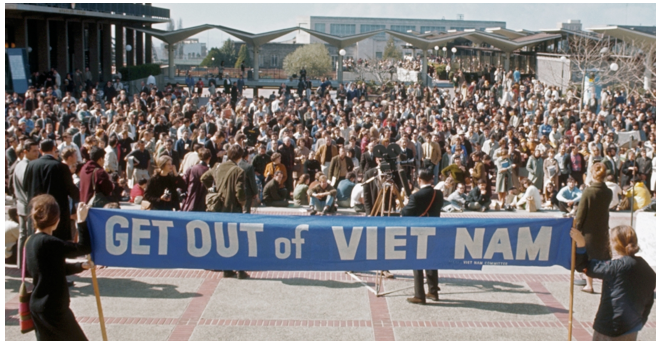
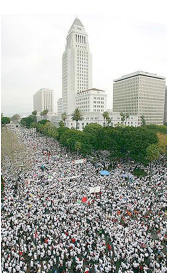 The first order of business is to decide that we are serious. To borrow a phrase from an old movie, it's called commitment. It will take tens of millions of people, acting in concert, to make the point properly.
The first order of business is to decide that we are serious. To borrow a phrase from an old movie, it's called commitment. It will take tens of millions of people, acting in concert, to make the point properly. 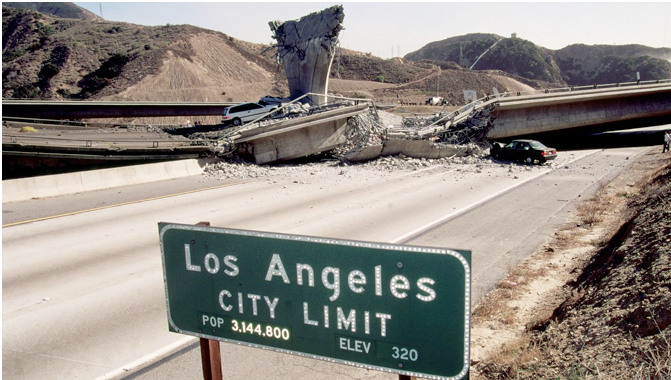
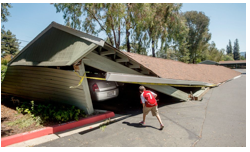 Here's a bit of good news. What we've learned is that your own effort on the individual level need not be all that extreme. There is a training program called
Here's a bit of good news. What we've learned is that your own effort on the individual level need not be all that extreme. There is a training program called  NCEPA will have one additional request to make. The idea of making nearly 4 million people a part of disaster preparedness is an ambitious idea. We will expect the city to think about budgetary requirements. If the city were to set aside a mere one-tenth of one percent of the annual budget for the emergency preparedness process, that would amount to something like five million dollars. This would be more than enough to create dozens of new CERT trainers, to print training materials, and to send city employees to local meetings.
NCEPA will have one additional request to make. The idea of making nearly 4 million people a part of disaster preparedness is an ambitious idea. We will expect the city to think about budgetary requirements. If the city were to set aside a mere one-tenth of one percent of the annual budget for the emergency preparedness process, that would amount to something like five million dollars. This would be more than enough to create dozens of new CERT trainers, to print training materials, and to send city employees to local meetings. 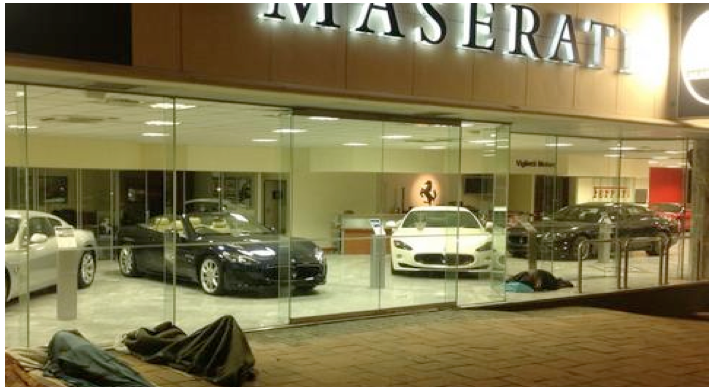

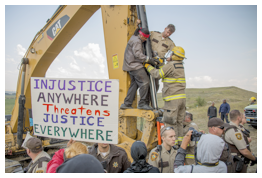 The level of impunity regarding the contamination of our most precious resource is astounding. From the lead contaminated waters of Flint to the Enbridge cover up exposed by John Bolenbaugh, it is clear that our water supply is of paramount importance at this time. As Donald Trump continues to appoint those who promise to continue to imperil life on earth, it is more urgent than ever to act.
The level of impunity regarding the contamination of our most precious resource is astounding. From the lead contaminated waters of Flint to the Enbridge cover up exposed by John Bolenbaugh, it is clear that our water supply is of paramount importance at this time. As Donald Trump continues to appoint those who promise to continue to imperil life on earth, it is more urgent than ever to act. 
